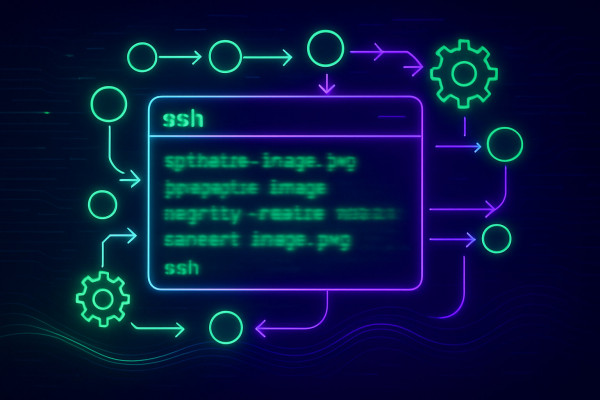Free AI tools for designers
May 9, 2025
AI is revolutionizing the design industry empowering designers with an array of powerful tools to streamline their workflows and enhance…
Optimizing images for web design has become increasingly crucial as visual content continues to dominate the digital landscape, directly impacting both user experience and website performance. While high-quality images are essential for engaging visitors, they often come with the burden of larger file sizes that can significantly slow down page load times and affect search engine rankings.

Modern web designers must strike a delicate balance between visual fidelity and performance optimization. The process begins with choosing the right image format for each specific use case. While JPEG remains the go-to format for photographs and complex images with many colors, PNG is better suited for images requiring transparency or those with text and sharp edges. The newer WebP format, supported by most modern browsers according to Can I Use statistics, offers superior compression and quality compared to traditional formats, often reducing file sizes by up to 30% while maintaining visual quality.
The concept of responsive images has evolved beyond simple scaling. Modern optimization techniques leverage the srcset and sizes attributes to serve different image versions based on device characteristics. This approach, combined with the <picture> element, allows developers to provide art-directed images that not only adapt to screen sizes but also consider device pixel density and bandwidth constraints. The impact of this technique is particularly noticeable on mobile devices, where bandwidth and processing power are often limited.
One often overlooked aspect of image optimization is the proper use of lazy loading. By deferring the loading of off-screen images until they're needed, websites can significantly reduce initial page load times and conserve bandwidth. While the native loading="lazy" attribute has gained widespread browser support, implementing custom lazy loading solutions using Intersection Observer API can provide more fine-grained control over loading behavior and animation effects.
Color management plays a vital role in image optimization. Converting images to the appropriate color space (typically sRGB for web use) and reducing the color depth when possible can lead to substantial file size reductions without noticeable quality loss. According to web.dev's performance metrics, implementing proper color management can reduce image sizes by up to 40% in some cases, particularly for images with limited color palettes.
Automation has become an integral part of the image optimization workflow. Build tools and Content Delivery Networks (CDNs) can automatically generate and serve optimized image variants, handle format conversion, and implement caching strategies. These systems often employ advanced compression algorithms and can automatically select the most efficient format based on browser support and image characteristics. Progressive enhancement techniques ensure that users receive the best possible experience regardless of their browser's capabilities.
The emergence of AI-powered image optimization tools has introduced new possibilities for achieving better compression ratios while maintaining perceptual quality. These tools analyze image content to make intelligent decisions about compression parameters, often achieving better results than traditional optimization methods. They can identify areas of an image where quality can be reduced without significant visual impact, leading to smaller file sizes while preserving the most important visual details.
Modern image optimization extends beyond simple compression and format selection. Techniques such as proper metadata handling, efficient encoding parameters, and strategic use of image sprites for interface elements all contribute to a comprehensive optimization strategy. The key lies in understanding how these various techniques complement each other and implementing them in a way that balances performance requirements with visual quality expectations. Regular monitoring and adjustment of optimization strategies ensure that image delivery remains efficient as browser capabilities and network conditions evolve.

May 9, 2025
AI is revolutionizing the design industry empowering designers with an array of powerful tools to streamline their workflows and enhance…

May 5, 2025
Optimizing images has become a necessity for web developers and content creators alike With the rise of high-resolution displays and…

May 4, 2025
Freepik the popular design asset marketplace has recently unveiled F Lite an 'open' AI image generator trained on licensed data…